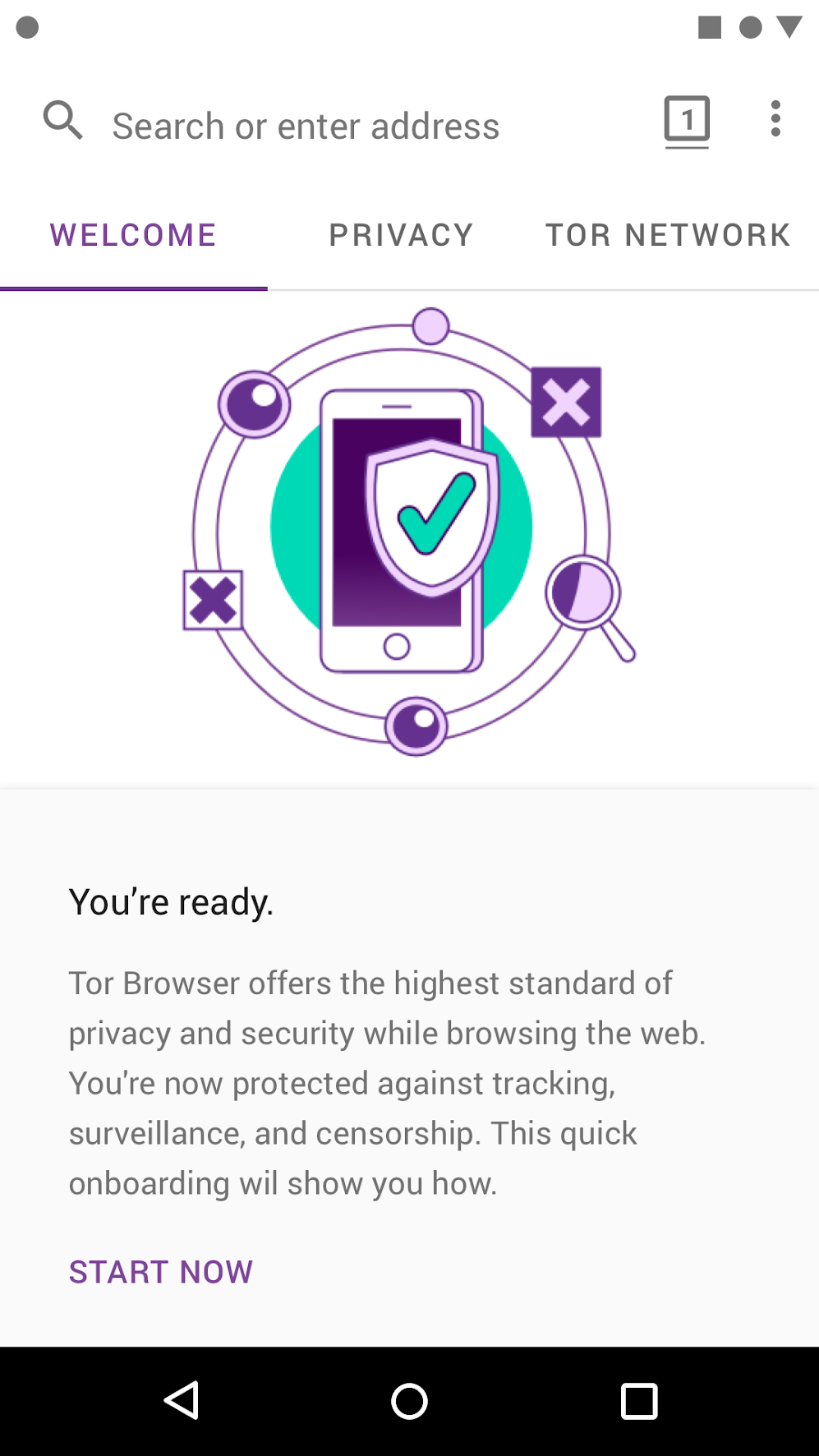

Our data show that in net terms, only a small fraction of Tor users employ the anonymity system for likely malicious purposes. In the case of the Tor anonymity network, our data provide clear, if probabilistic, answers to these questions. Others emphasize its socially beneficial potential as a privacy-enhancing tool and censorship circumvention technology ( 17– 22). With these diverse supply-side and demand-side functions ( 6), many point to the socially harmful uses of Tor as an anonymous platform for child abuse imagery sites ( 7, 8), illicit drug markets ( 9– 13), gun sales ( 14, 15), and potential extremist content that has shifted to the Dark Web after extensive Clear Web content moderation efforts ( 16). They can also use the Tor browser to anonymously read either these Onion/Hidden Services (i.e., sites with rendezvous points located internal to the Tor network) or to access Clear Web sites ( 1– 5). Tor users can act as publishers of content by using the network to anonymously administer Onion/Hidden Services for the use of others.

* Although other similar tools exist, The Onion Router (Tor) is currently the largest anonymity network. Debate rages about the social utility of an anonymous portion of the global Internet accessible via the Tor network and colloquially known as the Dark Web ( 1).


 0 kommentar(er)
0 kommentar(er)
